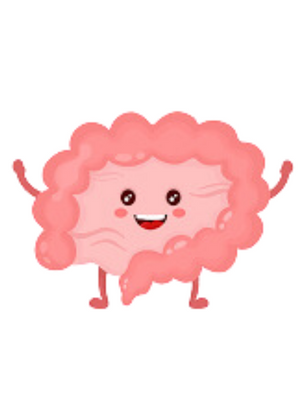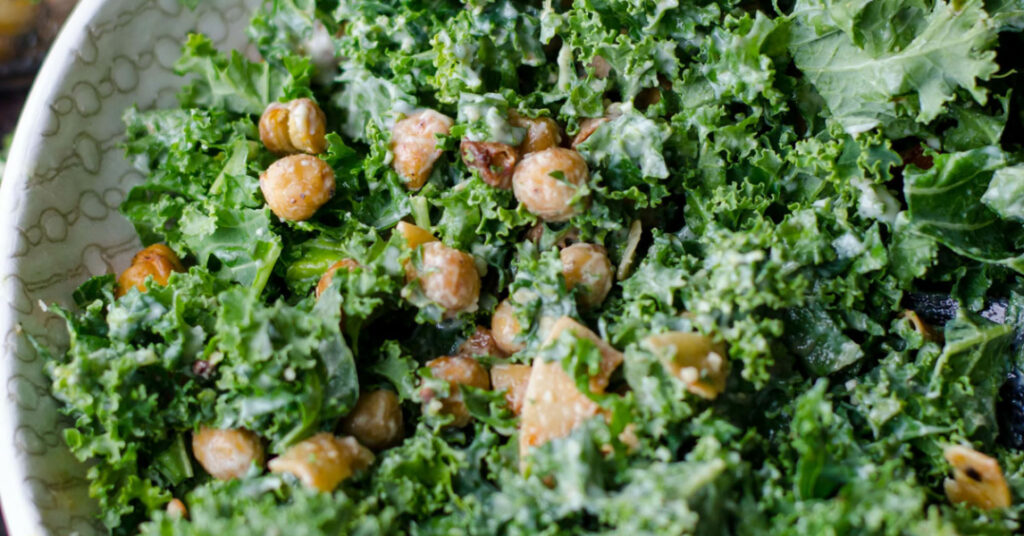Optimising Digestion and Gut Function
By now most of us have heard that good gut bacteria are linked to good health. But most of us are not so sure on what foods we can eat to support the growth of good bacteria in our gut and help them thrive. Before we start focusing on what you should be eating to increase the growth of good bacteria, let’s have a little look at a few tips that are also important for optimising digestion and nutrient absorption from our foods.
- Eat in a relaxed state – rest and digest – our digestive system works best when we are relaxed
- Take the time to eat – prepare food, smell foods – get the digestive juices flowing
- Use bitter herbs and greens to stimulate digestive function – anything sore or bitter
- Chew food thoroughly, your mouth is the first part of digestion
- Stay hydrated – but don’t drink too much while eating as it waters down your stomach acids, and can be too cooling on the stomach which needs heat to function optimally
- Do not over eat – this puts a huge burden on your digestive system and leaves you feeling wiped out
- Do not eat too close to bed time. Your body does a lot while you sleep, so give it a rest from digestion, have your dinner early.
Foods the gut Loves – They feed the good bacteria
Essentially your gut loves high fibre, low fat, plant based foods. A diet high in fat, sugars and refined carbohydrates can change the numbers of good bacteria in the gut after only one day. Some foods that are particularly good for your bacteria are;

- Whole-foods, minimally processed, predominantly plant based
- Moderate fat
- Moderate protein
- Rich in variety (40+ different whole plant foods per week)
- Rich in fibre
- Whole grains
- Whole grain rice
- Oats and rye (if gluten is tolerated)
- Legumes, lentils, beans
- Fruits
- Vegetables
- Nuts and seeds
Polyphenol Rich Foods – Super food for good bacteria
Dietary polyphenols and their metabolites contribute to the maintenance of gut health through the stimulation of the growth of beneficial bacteria and the inhibition of pathogen bacteria, exerting prebiotic-like effects.

- Fruits
- Black elderberries, black currants, blueberries, cherries, strawberries, blackberries, plums, raspberries, apples (red), black grapes
- Nuts and Seeds
- Flaxseed meal, chestnuts, hazelnuts, pecans
- Vegetables
- Purple carrots, red carrots, purple/red potatoes, red cabbage, spinach, red onions, broccoli, carrots (orange), red lettuce
- Grains
- Red rice, black rice, whole grain rye bread (sourdough)
- Other
- Black olives & olive oil
Prebiotic like foods – better than fermented foods for your gut
- Brown rice
- Carrots
- Black currants
- Dark cocoa
- Almonds
- Green tea – 300mg catechins/day or 5-6 cups/day
These foods increase numbers of good bacteria such as lactobacilli and bifidobacteria, whilst reducing numbers of bad bacteria. They decrease colonic pH – which creates a better environment for good bacteria to thrive and increases the production of short chain fatty acids – which is food for the cells of the colon.
Resistant Starch-rich Foods
Resistant starches are foods we can’t break down with our digestive acids and enzymes, so they travel to the gut and will be broken done by good bacteria. The sugars the bacteria get from these starches are a food the bacteria and therefore help them thrive.
- Legumes – Red lentils, kidney beans, adzuki beans
- Bananas – Less ripe = higher resistant starch
- Cooked and cooled potatoes – Roasted is better than steamed
- Some root vegetables – Cassava, sweet potatoes
- Rye bread
- Oats – soaked and uncooked better than cooked
- Cashew nuts
Exercise and Good bacteria
Regular moderate exercise improves the health and population of your microbiome
Fasting
Some research suggests fasting can be good for some strains of probiotics such as Akkermansia


